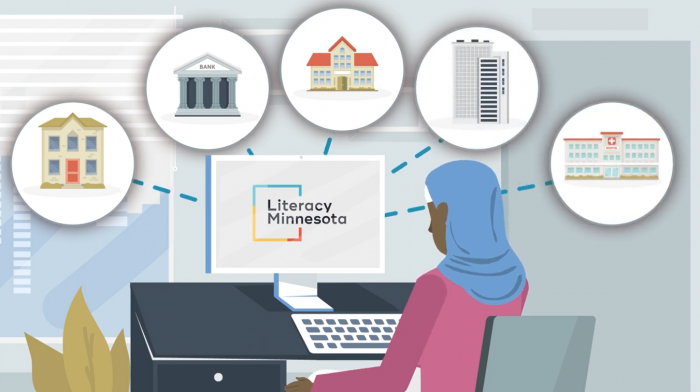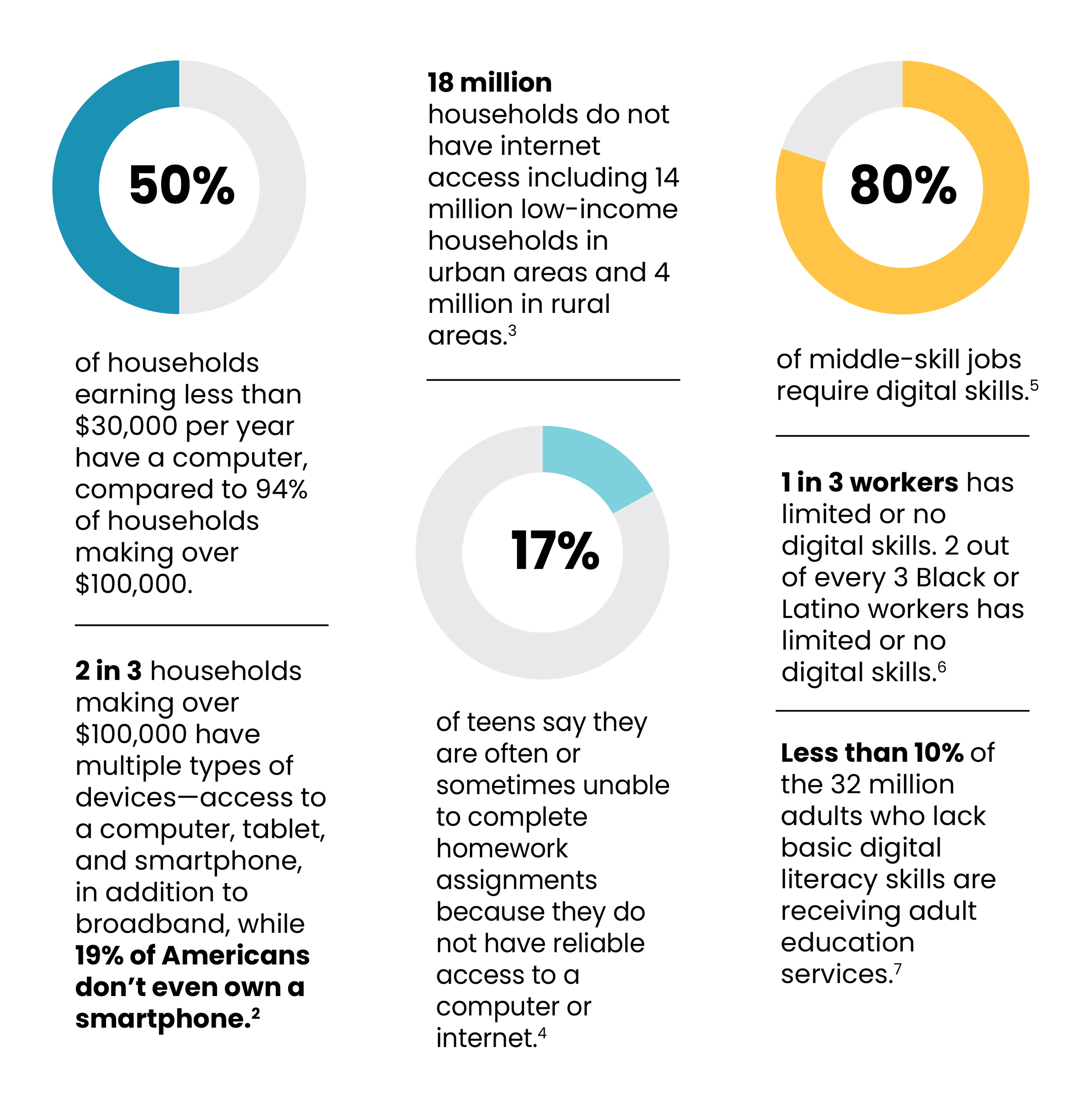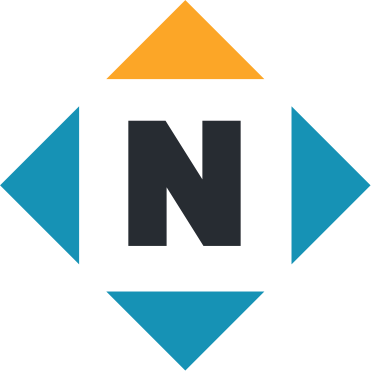Digital Literacy
Digital Literacy changes everything!
Watch to see the life-changing effects of digital literacy, and how it empowers people to achieve their goals, navigate the workforce and advocate for themselves.

Digital Equity: A condition in which all individuals and communities have the information technology capacity needed for full participation in our society, democracy and economy.
Digital Literacy: The ability and knowledge needed to access and operate internet-connected devices, to successfully use commonly available software, and to navigate and utilize online resources in order to effectively communicate and complete social and work-related tasks in a virtual space.

-
Interested in becoming a Northstar Testing Location?
National Partnerships and Northstar Business Development Specialist
Email Theresa Sladek at [email protected]
-
Want to know more about our Digital Navigators or Digital Literacy Lab?
Senior Manager - Educational Technology and Digital Literacy
Email Susan Wetenkamp-Brandt at [email protected]
-
Questions about our trainings and webinars?
Training Director
Email Rob Podlasek at [email protected]
-
Have input for our Northstar curriculum?
Northstar Digital Literacy Curriculum Manager
Email Leah Hauge at [email protected]
-
Other?
Genral number: 651-645-2277
Hotline: 1-800-222-1990



